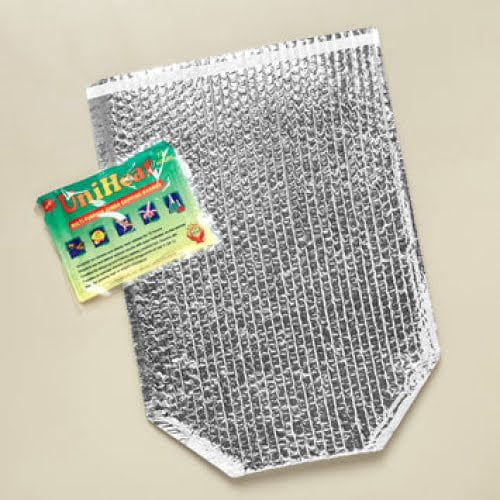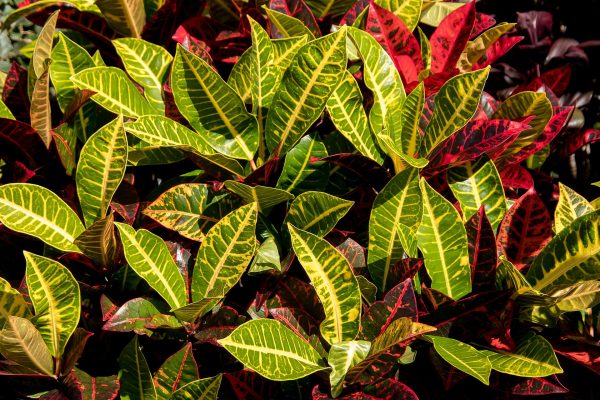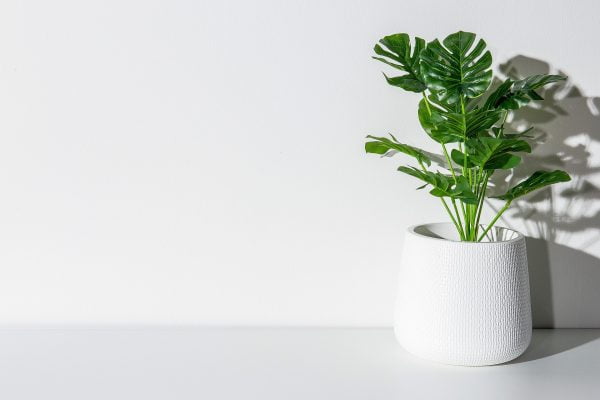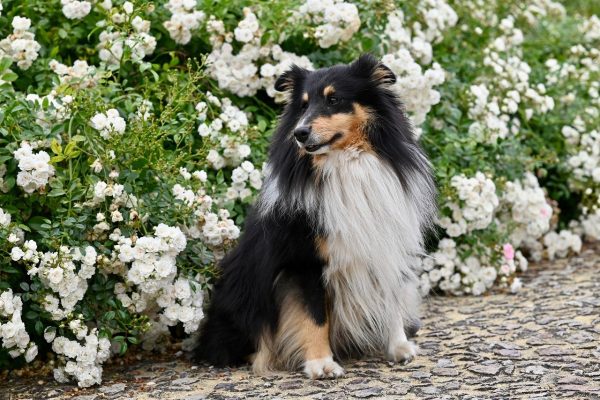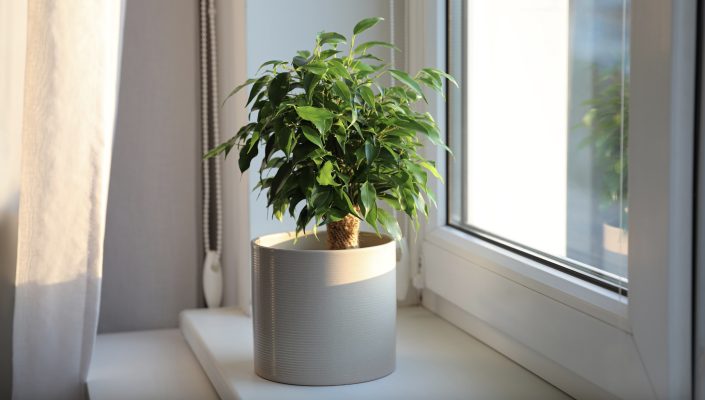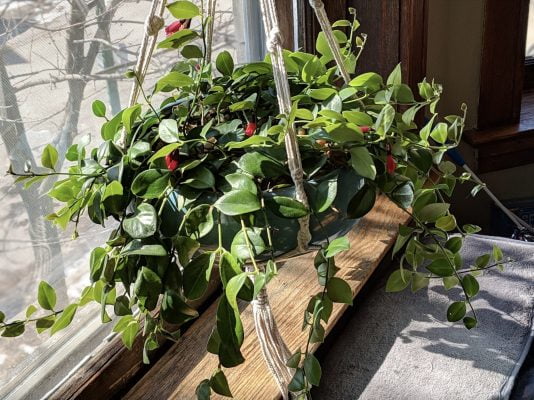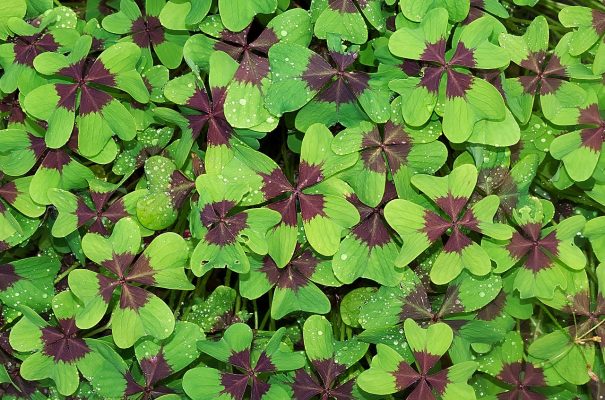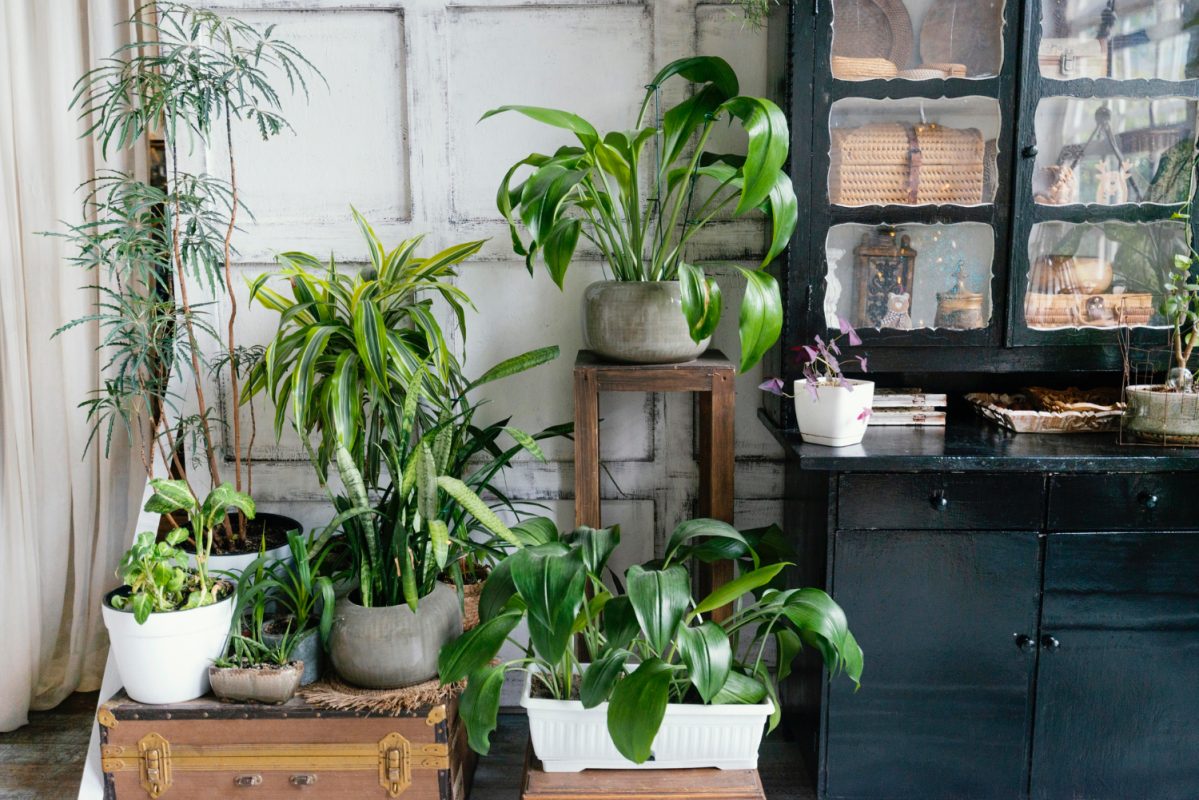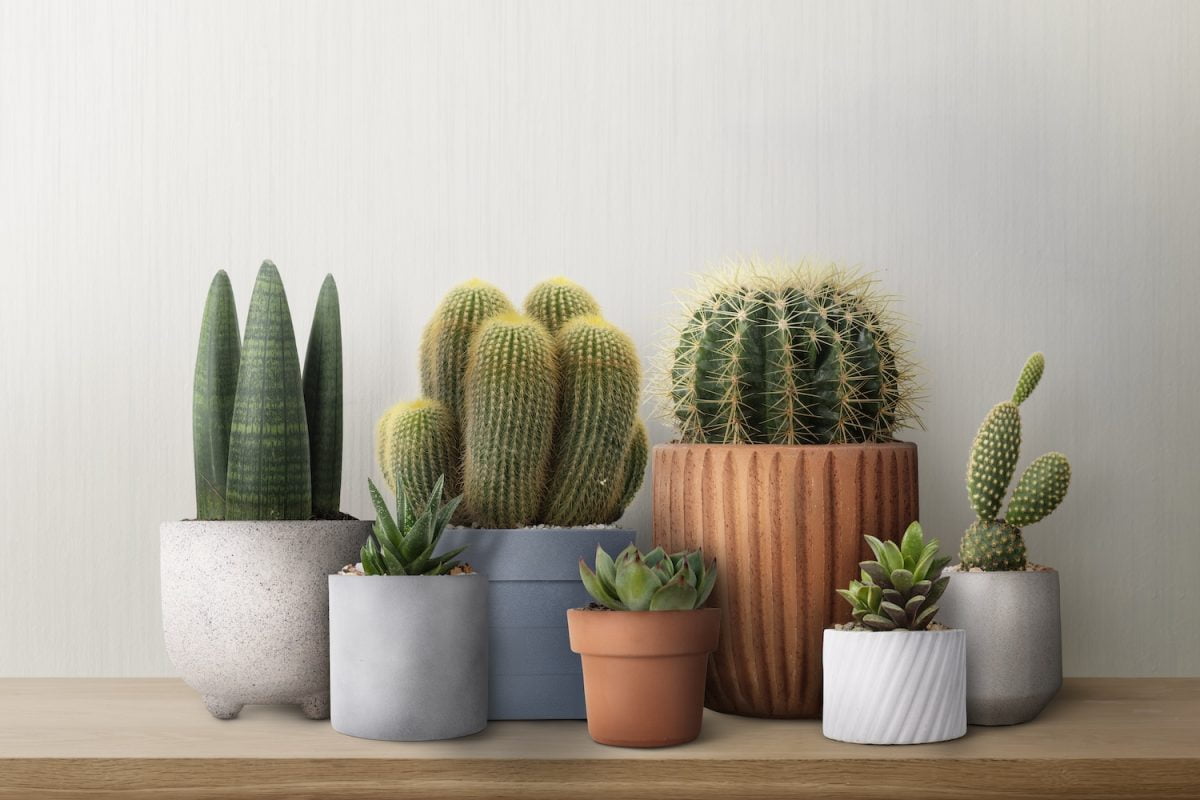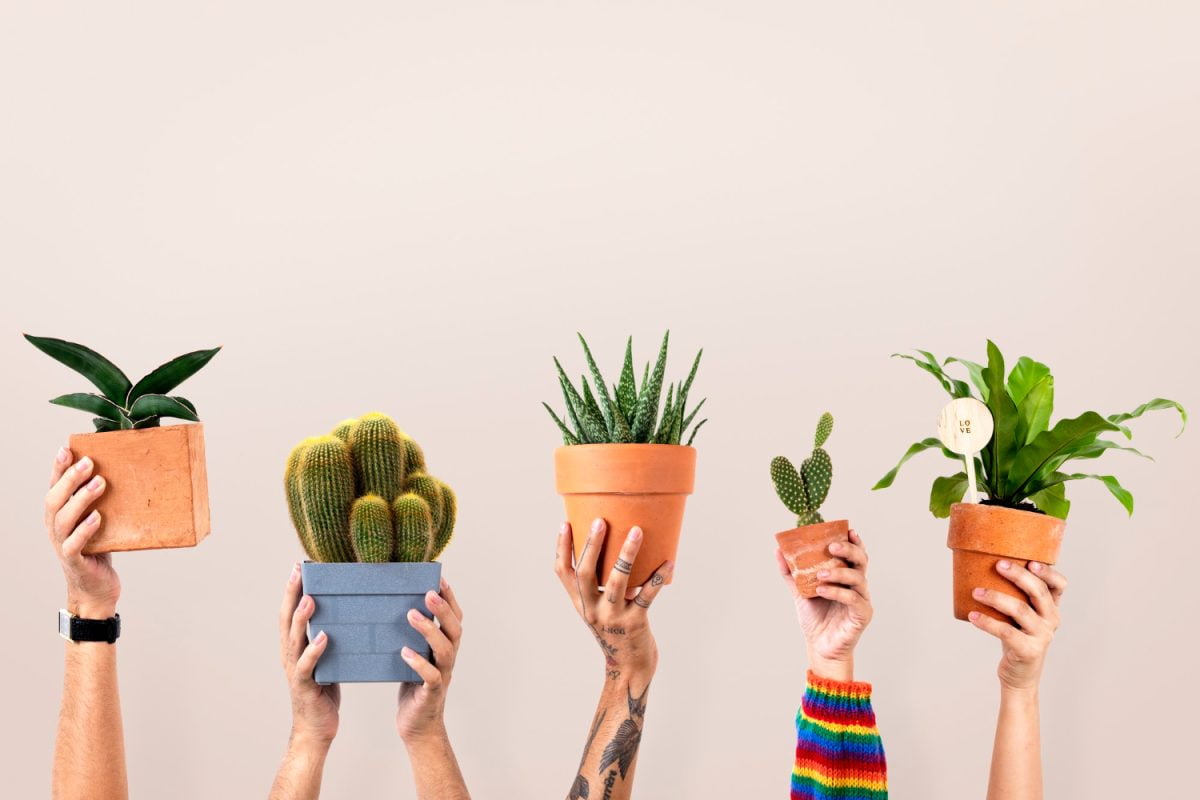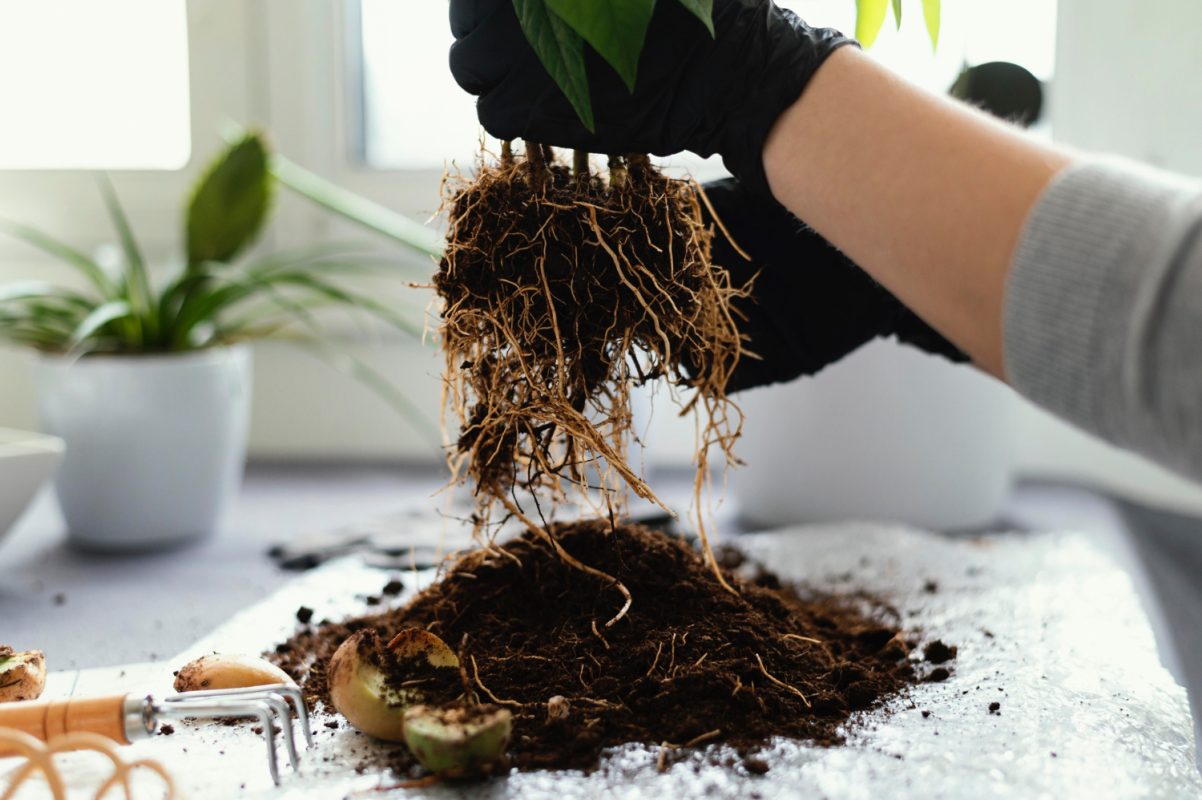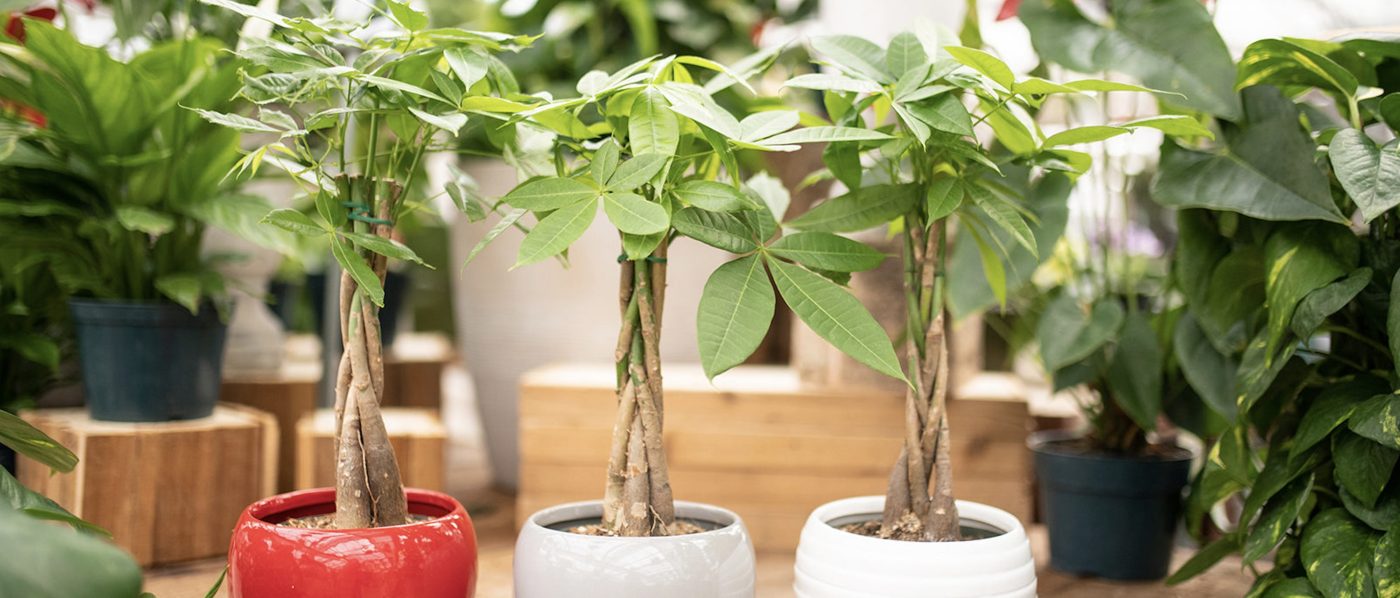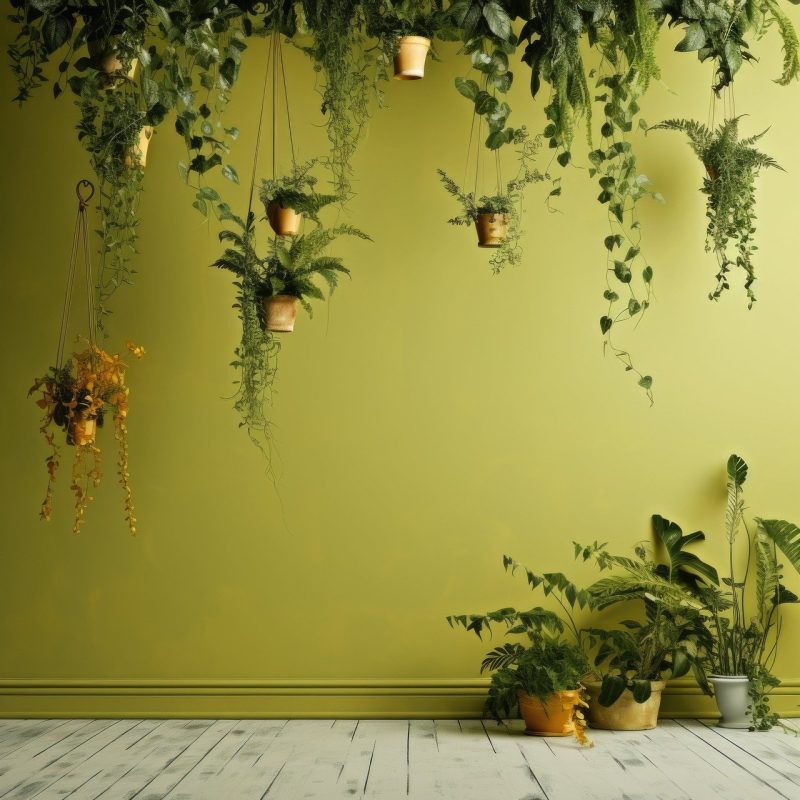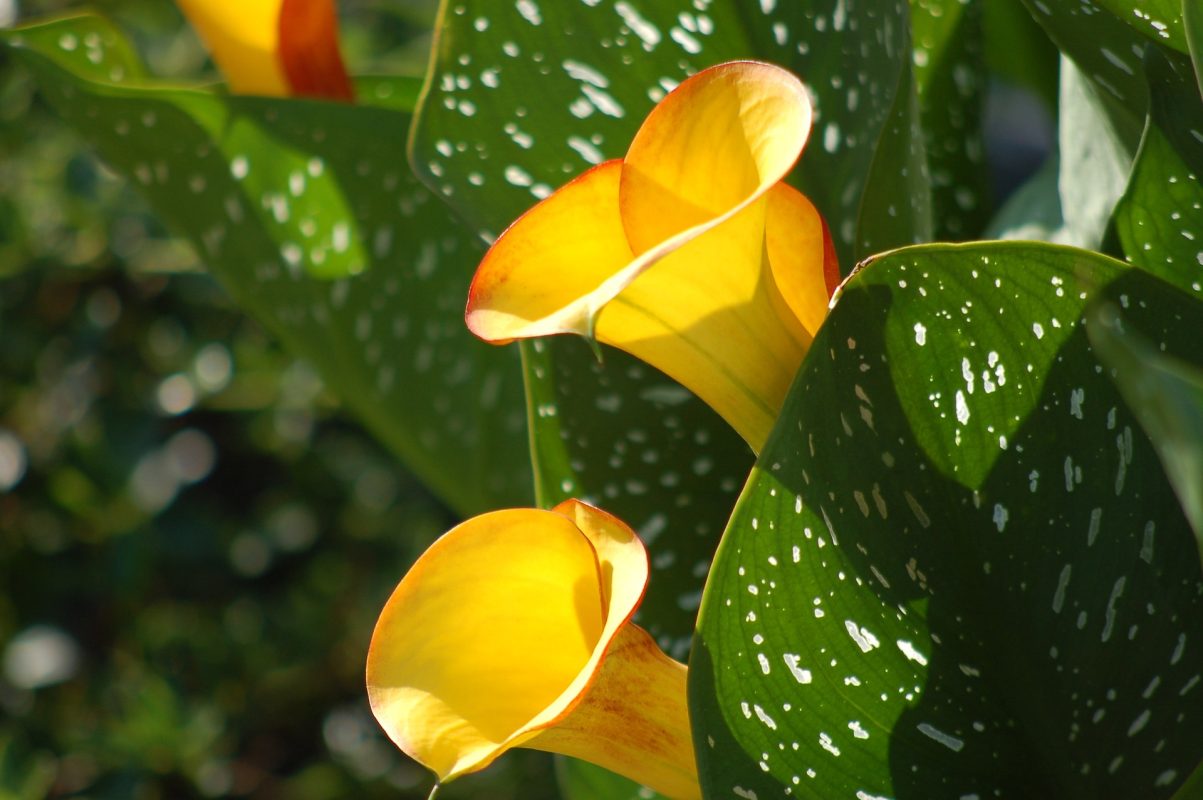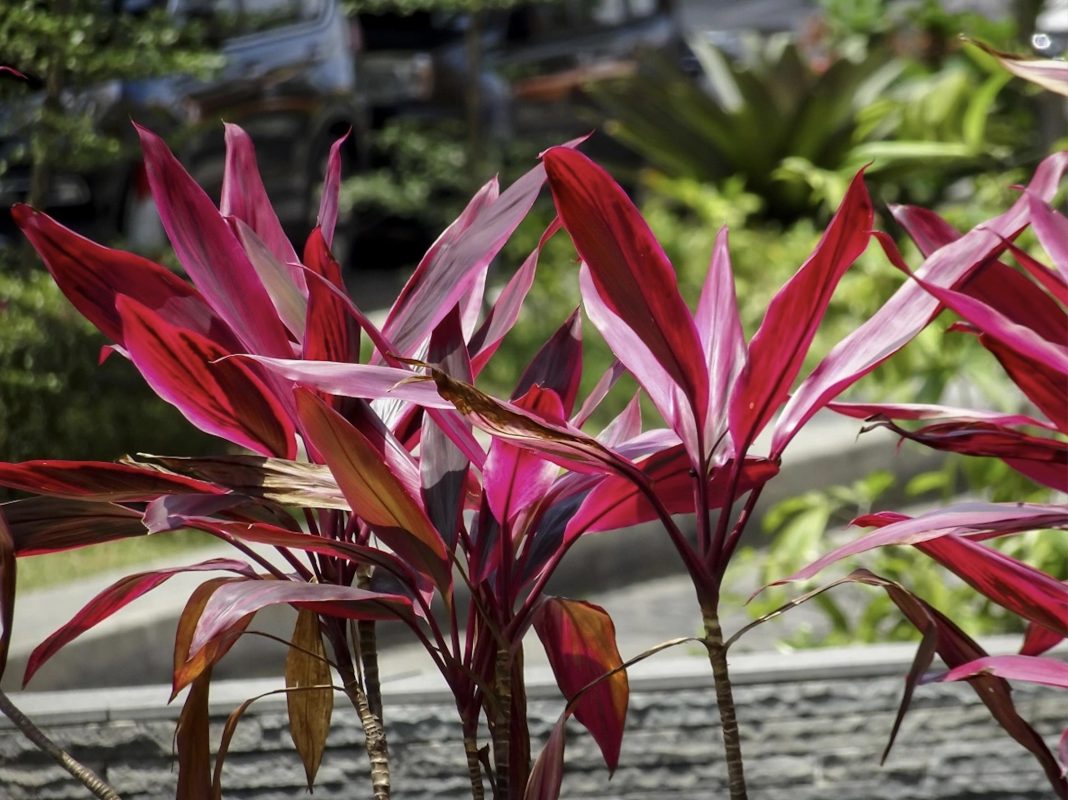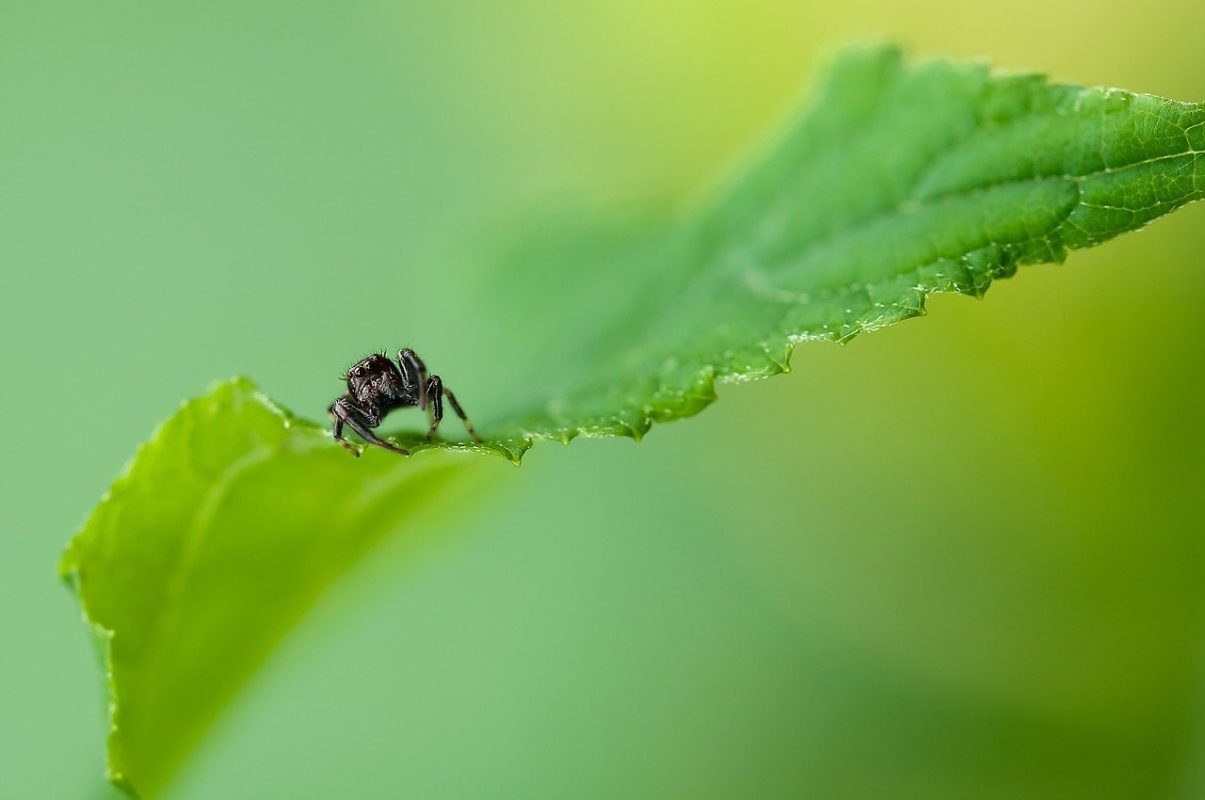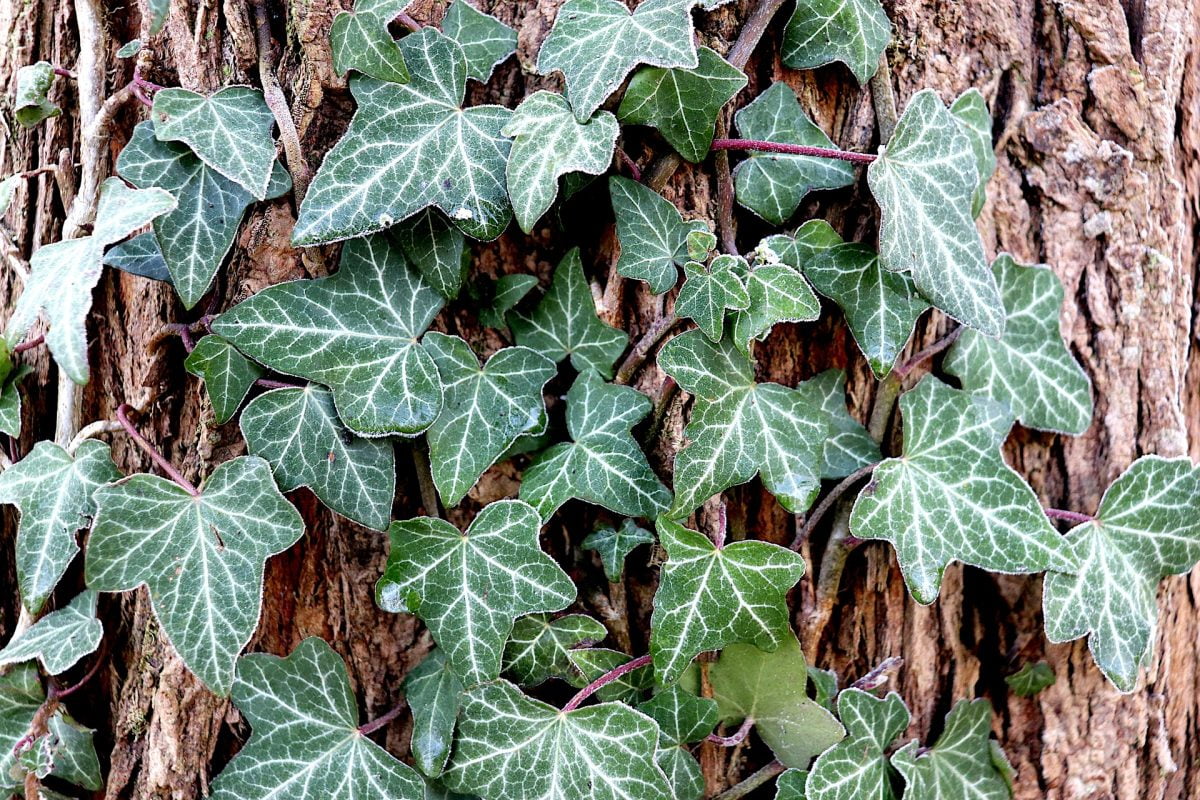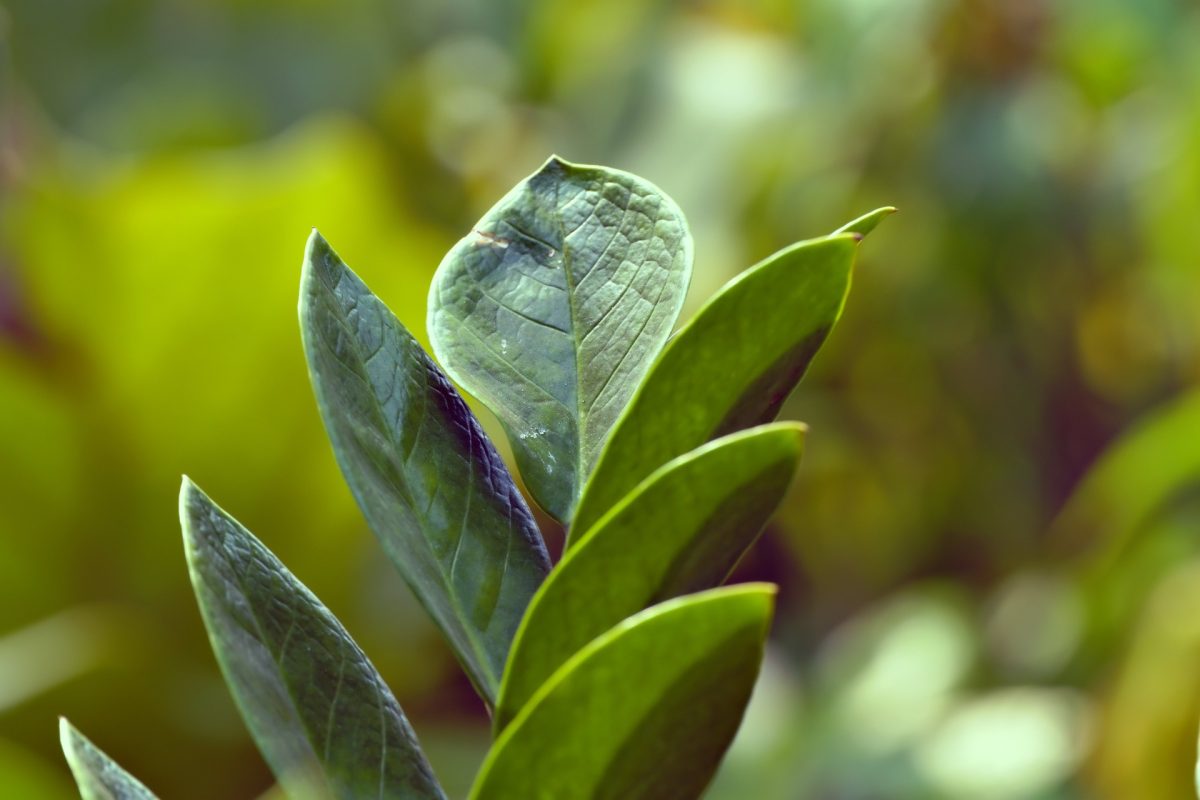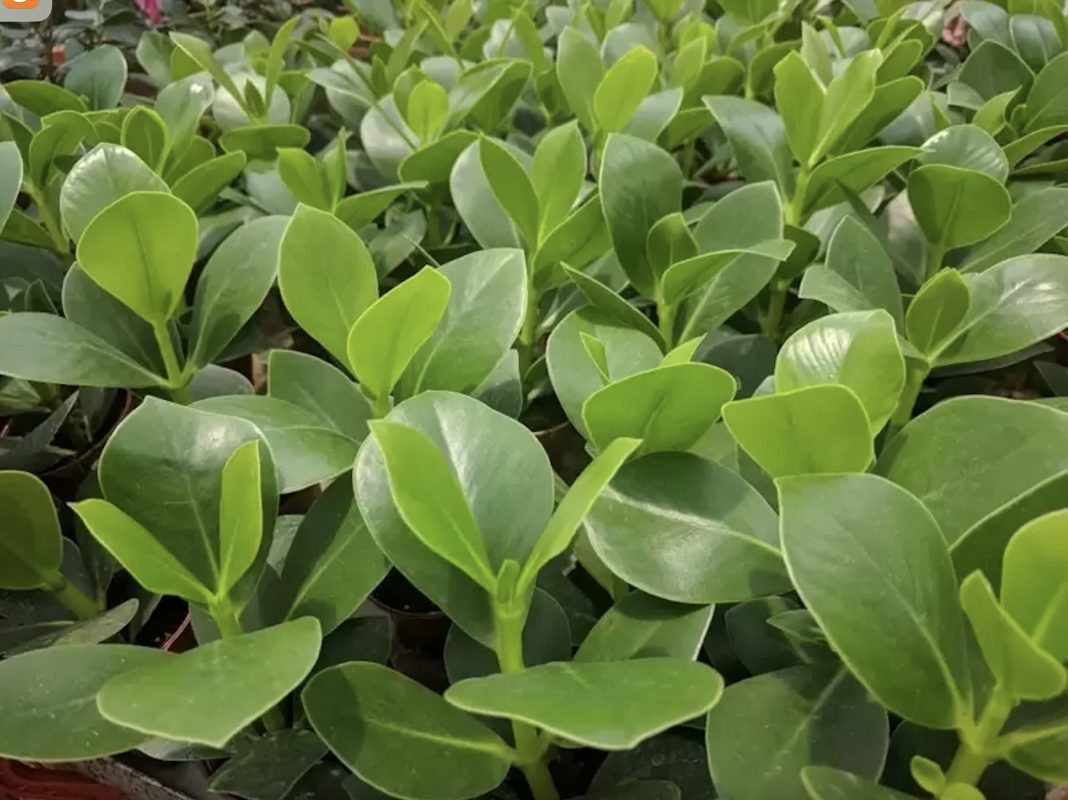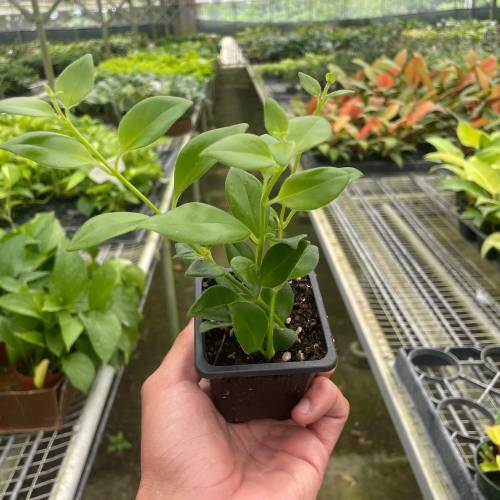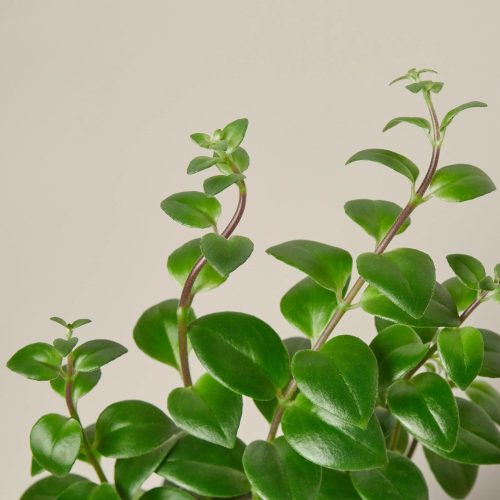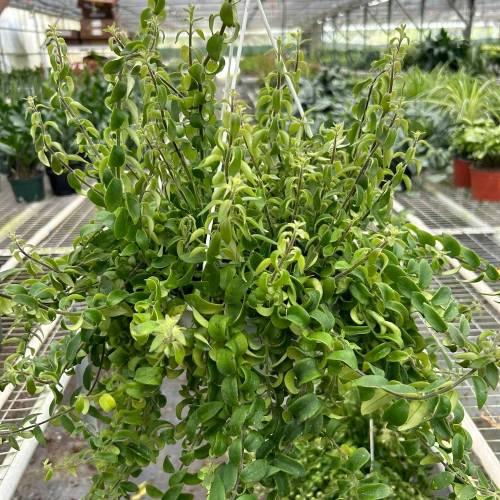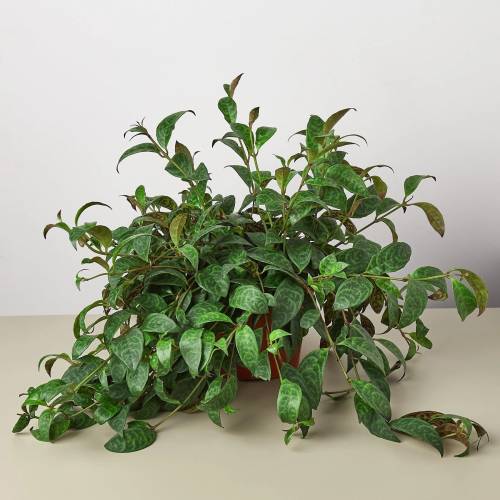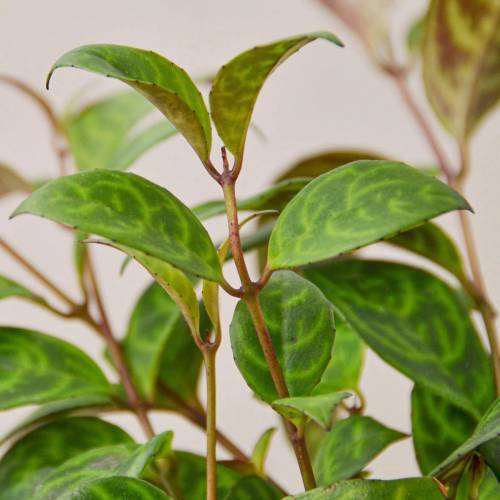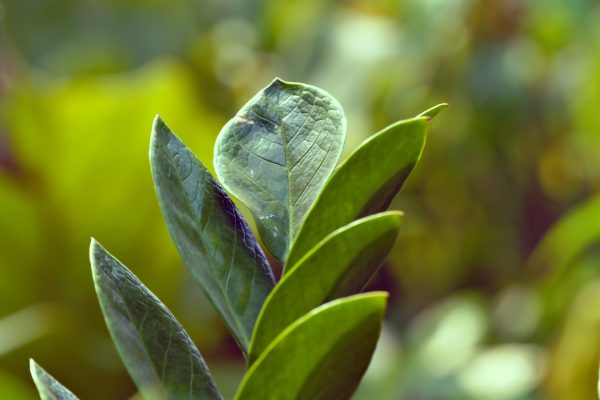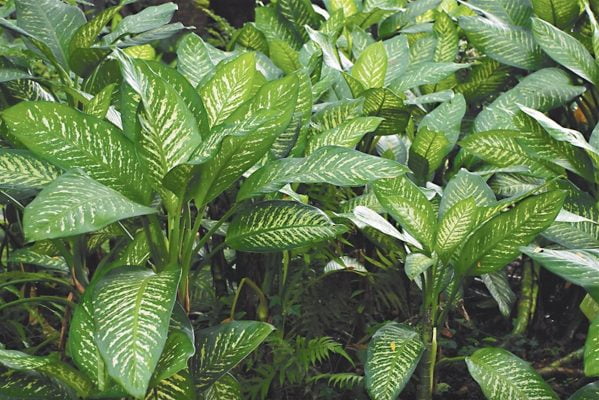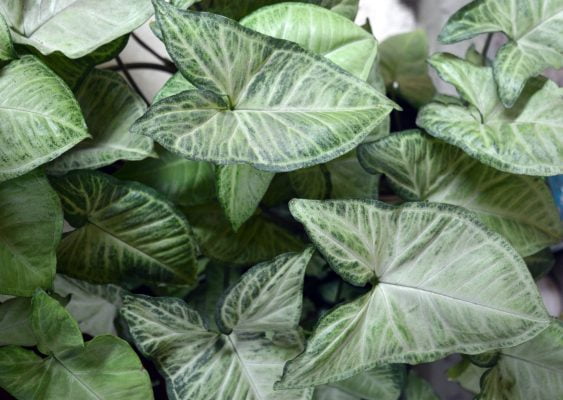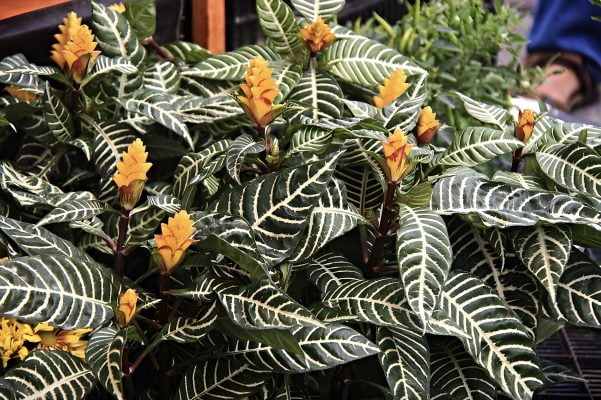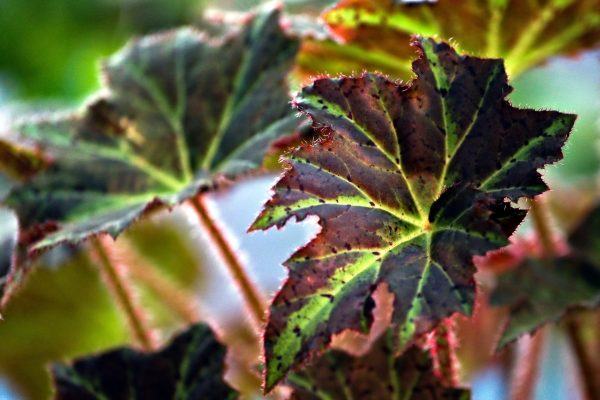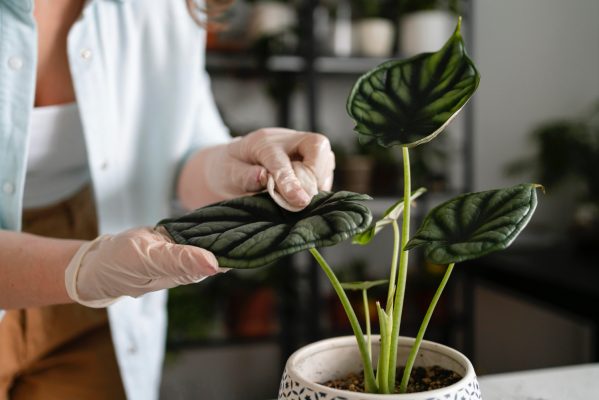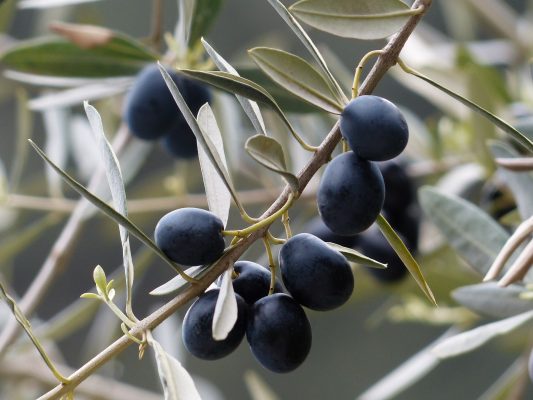The Lipstick Plant, with its vibrant tubular flowers resembling tiny lipsticks, adds a touch of exotic charm to any indoor space. This comprehensive care guide is your key to cultivating the allure of Lipstick Plants, guiding you through the steps to foster healthy growth, abundant blooms, and a stunning display of tropical elegance.
I. Plant Overview:
- Scientific Name: Aeschynanthus spp.
- Common Names: Lipstick Plant, Lipstick Vine
- Origin: Native to Southeast Asia.
II. Light Requirements:
- Ideal Conditions: Bright, indirect light. Lipstick Plants thrive in filtered sunlight.
- Tolerance: Adaptable to lower light conditions, but flowering may be reduced.
III. Watering:
- Frequency: Keep the soil consistently moist, allowing the top inch to dry slightly between waterings.
- Water Quality: Use room-temperature water. Ensure good drainage to prevent waterlogged conditions.
- Humidity: Lipstick Plants appreciate higher humidity levels. Regular misting or using a humidity tray is beneficial.
IV. Soil:
- Type: Well-draining potting mix. A mix for tropical plants or epiphytic orchids with added perlite is suitable.
- pH Level: Slightly acidic to neutral (pH 6.0-7.0).
V. Temperature and Humidity:
- Temperature: Maintain a warm environment between 60-75°F (15-24°C). Protect from drafts and sudden temperature drops.
- Humidity: Lipstick Plants thrive in higher humidity. Regular misting or placing a tray with water and pebbles nearby can help.
VI. Fertilization:
- Schedule: Feed every 4-6 weeks during the growing season (spring and summer).
- Fertilizer: Use a balanced liquid fertilizer, diluted to half strength. Reduce fertilization in the dormant season.
VII. Pruning and Maintenance:
- Pruning: Trim to control size and shape. Pinch back to encourage bushier growth.
- Cleaning: Wipe leaves with a damp cloth to remove dust. Remove spent flowers to encourage continuous blooming.
VIII. Repotting:
- Frequency: Repot every 1-2 years or when the plant outgrows its container.
- Procedure: Gently lift the plant, inspect roots, and repot in fresh soil. Choose a container with drainage holes.
IX. Common Issues and Solutions:
- Leggy Growth: Insufficient light. Provide more indirect sunlight to encourage compact growth.
- Yellowing Leaves: Overwatering or poor drainage. Adjust watering habits and ensure good soil drainage.
- Pests: Check for spider mites or aphids. Treat with insecticidal soap or neem oil.
X. Propagation:
- Method: Stem cuttings.
- Timing: Spring or early summer.
- Process: Take a cutting with at least two nodes, root in a well-draining mix, and plant in fresh soil when roots are established.
Cultivating Lipstick Plants unfolds a spectacle of tropical elegance in your indoor jungle. This guide empowers you to care for these exotic beauties, ensuring they thrive and adorn your space with vibrant, tubular blooms. Happy gardening!
our recommendation
you may also want to know



